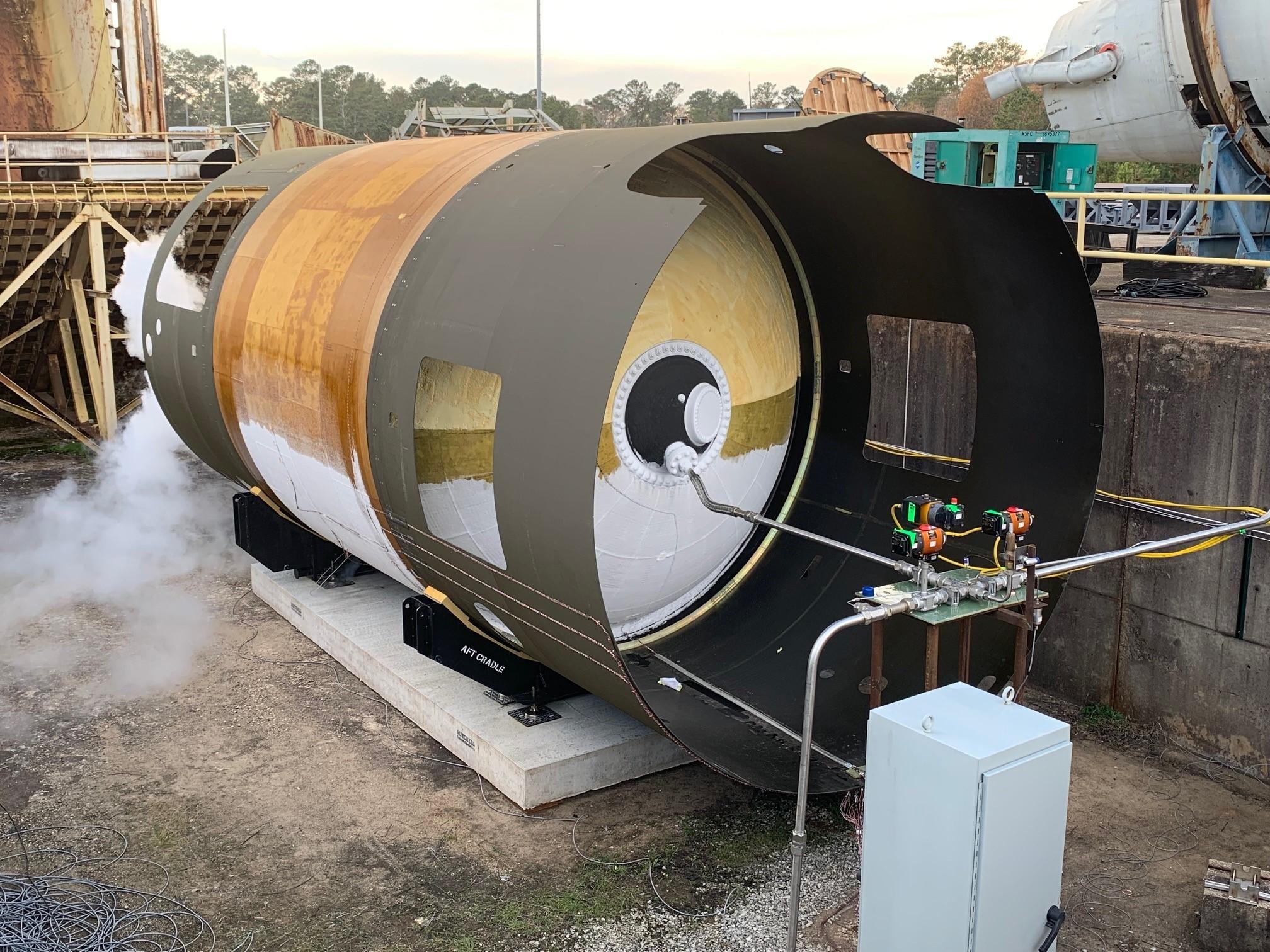
Credit: Boeing
Boeing says successful tests of an all-composite cryogenic fuel tank at NASA Marshall Space Flight Center clear the way for large-scale application of the lightweight technology in future spacecraft and aircraft. The 14-ft.-dia. tank underwent multiple test cycles during the evaluation, including a...
Subscription Required
This content requires a subscription to one of the Aviation Week Intelligence Network (AWIN) bundles.
Schedule a demo today to find out how you can access this content and similar content related to your area of the global aviation industry.
Already an AWIN subscriber? Login
Did you know? Aviation Week has won top honors multiple times in the Jesse H. Neal National Business Journalism Awards, the business-to-business media equivalent of the Pulitzer Prizes.

